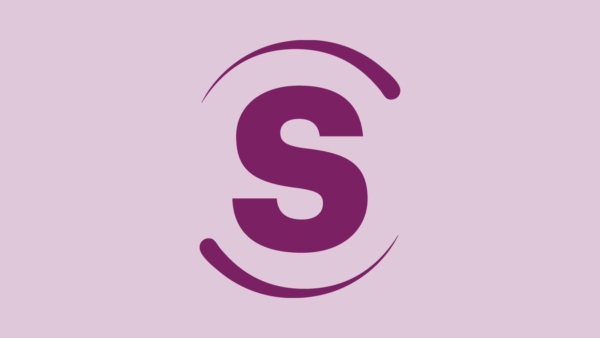There is a wide range of evidence that for all of us humans there are a huge range of benefits to be had from adopting a positive outlook and focusing on our strengths. Here are a few things I think we would all like on our CV and on those around us.
People who think more positively and who use their strengths more: live longer (Levy et al 2002.Giltay 2004 ), achieve a higher income (Neve 2012) and are more likely to flourish as individuals and teams (Losado & Fredrickson 2005)
What amazing effects can be gained then from being more positive and focusing on our strengths especially if we do this naturally. If we do not, however, such words and studies can become a source of frustration if we are struggling to adopt this new mindset. A key message to hold on to is we can all change and enhance our habits. Knowing what to do and how to do it can help speed up the process. Before we turn to the all-important ‘how to’ guide, let’s get under the ‘hood of the head’ and gain a better understanding of how our brains can help us create new positive habits.
Neuroscience and Psychology offer a powerful insight as to what is happening in our brains and those of others. Let’s start by highlighting that our brains have limited capacity to process information and the world provides way more than our brains can handle, which is why we need mental short cuts/habits to function. Estimates range from 40-80%+ of what we humans do is driven and controlled by habit. This highlights the effects of a fundamental process our brain carries out in order to ‘help’ us function in the world we live in. This process is called neuroplasticity and describes the brain’s ability to re-wire itself to help us carry out activities we regularly do more efficiently, often without needing to tap into our very limited conscious processing reserves.
So our goal should be to work out which habits are more or less helpful and then put together a plan to ensure the helpful habits are cultivated and the less helpful ones are weeded out. If we want to enhance or develop our positivity or focus on strengths, we are going to need to work up a plan and then stick with it. We can’t avoid the fact it will take sustained focus and effort but we can turn knowledge about habits into a recipe for habit change. This can help increase the speed and efficiency of habit change. We can also look to enjoy the journey and not be trying to get to the destination through gritted teeth!
At my company, we talk a lot about a ‘habit change’ recipe. If the key elements are followed we have a very good chance of convincing the brain to put precious cognitive resources into creating new neural pathways and enhancing existing ones. This is how we can create new default ways to perceive, think and behave.
- Self-generated insight. Our brains react very differently in situations where 1. we are told something or 2. we work it out for ourselves. When we have our own insights, this builds far greater levels of motivation and commitment for change. Once we are convinced about a change, a useful activity is to break down our wanted and perhaps unwanted habits into three elements of Cue (the trigger) – Routine (what do we then do) – Reward (what do we get out of the routine). We can then look at altering these elements to help us think and behave in line with the habit we are trying to create.
- Vision/Visualise. Our brains have been shown to react in a very similar way if we think about doing something or if we actually do it. Neurons will connect up to help the activity take place. Having a very clear vision of what we want to achieve will help us conceptualise what we need to focus on and then help us to place ourselves in that mental context. This is a simple but effective way of getting our brains to practice a new way of being and encourage the process of neuroplasticity to occur. Visualising what success will look like and feel like will also give a positive boost to your motivation for the journey and end point.
- You cannot have a conscious thought without it being routed first through the brain centres associated with emotion. So your emotional state at a given point in time will have a big impact on how you think. If you are in a positive emotional state, you will be more likely to think broadly and see connections between seemingly unconnected elements (Fredrickson, 2004). You are also more likely to be creative, innovative and sociable (Lyubomirsky et al 2005), many of the things that could help on your change or learning journey.
- Attention Density. People love to ask how long it takes to change a habit and the answer is probably anywhere between 1-10,000 times. It will depend in part on how ingrained the habit is as well as our motivation to change. What we can say is it will depend on three key factors relating to how we focus our attention on our emerging habit. Frequency (how often) – Duration (how long each time) – Quality (in what level of depth). We need to plan in ways that without thinking we will be reminded to think about/practice our new habit. Alarms in our calendar, post-it notes on our lap top, wearing a watch or a ring on the other arm/finger can be useful physical reminders to remind us of our desired new habit. We will then need to ensure we are focussing on this new habit for enough time and at the right level of depth – it really will be up to you to work out the finer details.
- Reward brings with it a neurotransmitter called dopamine. Dopamine serves a wide range of purposes in the brain and one is to act like a SAVE button. When things go well, the brain will seek to ensure that it can be repeated and will strengthen the neural connections that brought about that positive outcome/reward. We can tap into this by noticing when things go well, take time to reflect on our actions and successes, notice our progress which will mean mapping out where we started and any mini milestones along the way. Essentially, we are talking about feedback and positive reinforcement – we can set this up with others so that they can provide it and we can also choose to find it and give those rewards/reinforcement to ourselves.
Key steps we will need to adopt if we are going to change our habits and embed learning effectively will be to develop:
- Personal motivation for a change
- Belief in our ability to change
- A plan – including destination and journey
- Focus and sustained activity (create reminders)
- Feedback
- Rewards
Gary Luffman, Director of think. change. Consulting











